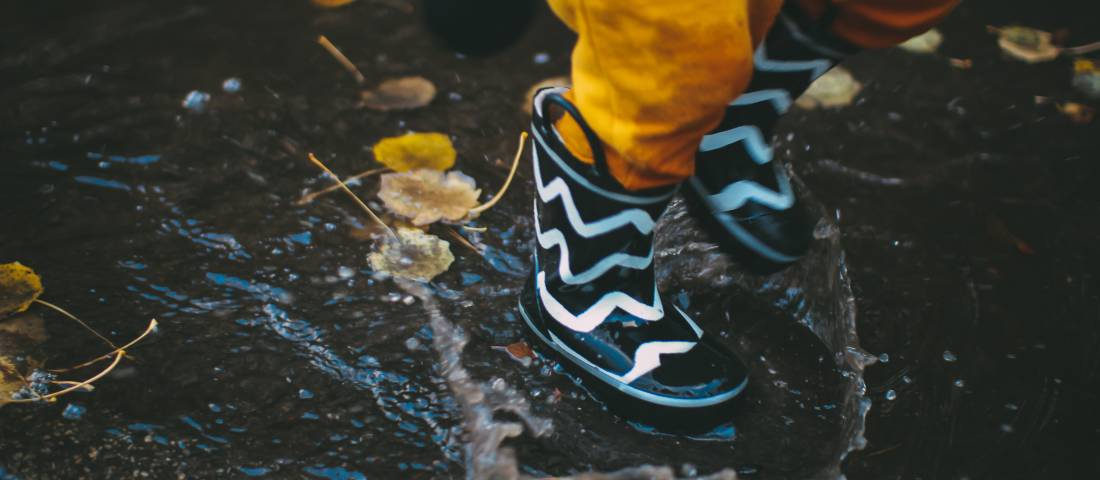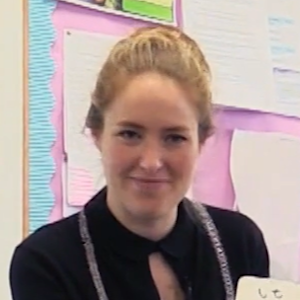The great outdoors
Almost a third of children in the UK are outside for less than thirty minutes each day.
Increased traffic and awareness of risks have shifted attitudes towards unsupervised children. Today’s children spend an unprecedented amount of time indoors.
What hasn’t changed is their need for fresh air and time outdoors. A sedentary indoor lifestyle might be safe, but it isn’t doing our children any favours. The benefits of spending time in nature
‘Outdoor play’ is a broad term, encompassing all that children do, see, hear and feel outside. This includes experiences led by adults and activities spontaneously initiated by children.
Natural England has found a positive link between time spent in natural environments and:
- children’s learning
- mental health
- physical activity
- physiological health
- obesity.
In an ideal world, every child would have equal access to the indoors and outdoors with their play moving fluidly between the two.
But we live in the real world. City living, where a small garden or balcony can be hard to find, can make outdoor play tricky.
At tiney, we understand that children often can’t play freely outside at home. We make sure that every tiney home nursery has access to a local park that they can visit regularly if they don’t have an outdoor space themselves.
All outdoor space is useful
Toddlers develop their understanding of the world by finding out what happens when they snap a stick, roll down a hill or kick a stone. While talking about the world, they learn new words to describe what they see. Space to run offers physical challenges. Moving a log or digging in the soil helps develop balance and coordination.
Outdoor spaces are alive and share exciting uncertainty. Children love wondering what they might find. Whether an outdoor space is private or public, big or small, wooded or grassy, it has unique features for children to explore. There is no one perfect outdoor play space.
The best outdoor environments have a rich choice of natural play materials that can be used in different ways. Rather than thinking about what toys children need to have outside, tiney home leaders consider the developmental steps each child is working towards. This approach provides learning experiences that reflect specific interests so every child makes progress.
There's no bad weather, only bad clothes
When it’s wet and windy, it’s easy to make excuses not to go out. The Swedish saying “there is no bad weather, there are only bad clothes” sums up our approach.
Children don’t stop learning because of a little rain. An adult’s attitude to the outdoors has a huge impact on children’s enthusiasm, especially if they can’t often get outside at home. Tiney home leaders are prepared to be outdoors in all weather. They can make even the least promising day fun.
What about risks?
An ethos of risk management rather than risk removal is how we approach things at tiney. This makes sure that when children take risks outdoors - under the watchful eye of their tiney home leader - they learn valuable skills about boundaries and how to manage future risks.
Although outdoor play is widely believed to be more dangerous than indoor play, accident statistics disprove this.
Tiney home leaders have high safety standards, always checking for risks and supervising outdoor play while allowing freedom. Getting the balance right means children in their care are safe, happy and always learning while outdoors.







